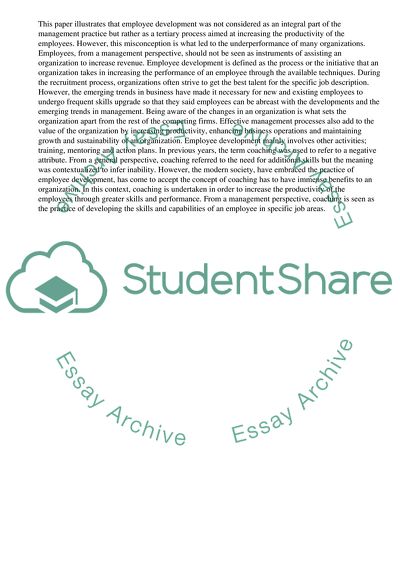Cite this document
(“Coaching as a Strategy in Employee Development Essay”, n.d.)
Coaching as a Strategy in Employee Development Essay. Retrieved from https://studentshare.org/management/1680992-learning-and-development
Coaching as a Strategy in Employee Development Essay. Retrieved from https://studentshare.org/management/1680992-learning-and-development
(Coaching As a Strategy in Employee Development Essay)
Coaching As a Strategy in Employee Development Essay. https://studentshare.org/management/1680992-learning-and-development.
Coaching As a Strategy in Employee Development Essay. https://studentshare.org/management/1680992-learning-and-development.
“Coaching As a Strategy in Employee Development Essay”, n.d. https://studentshare.org/management/1680992-learning-and-development.


